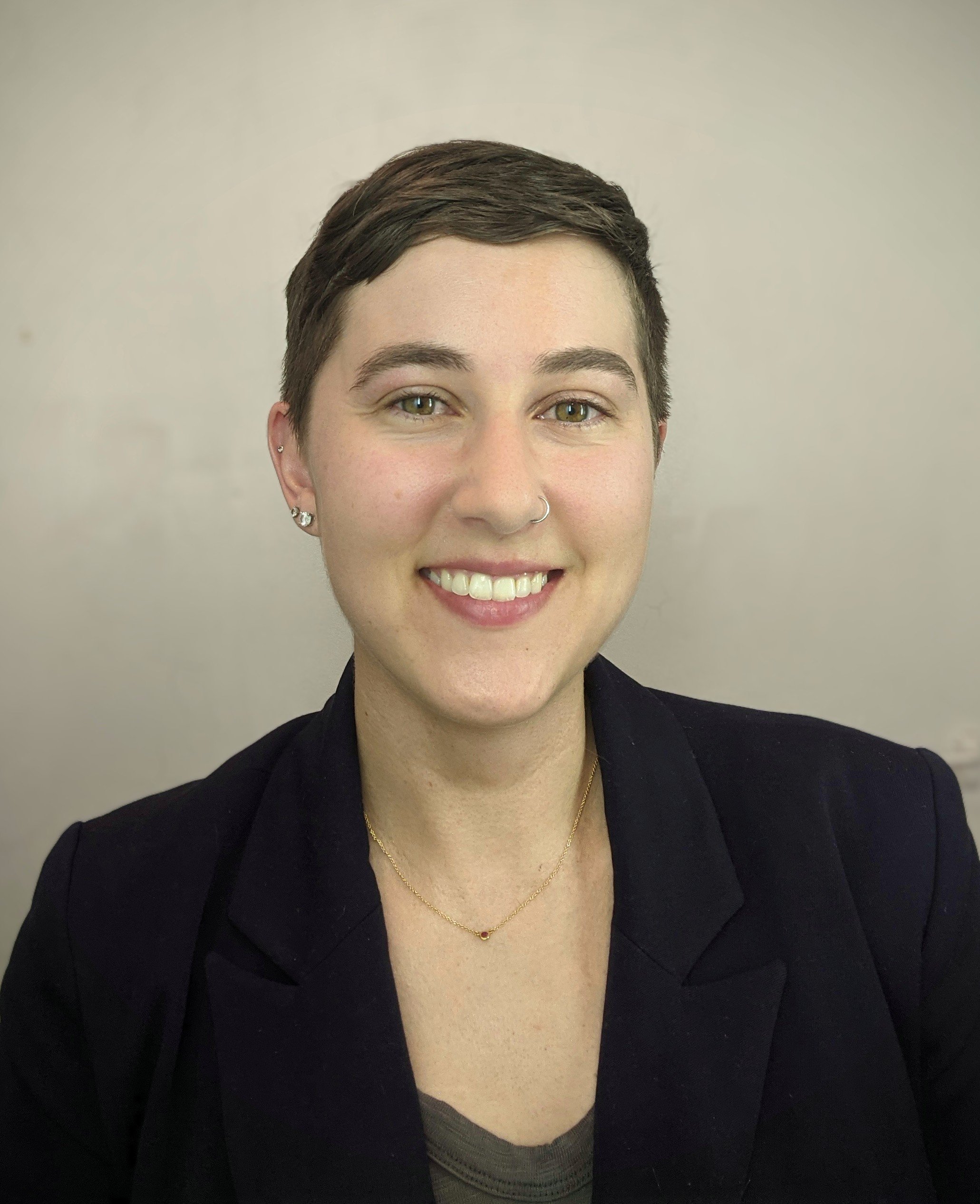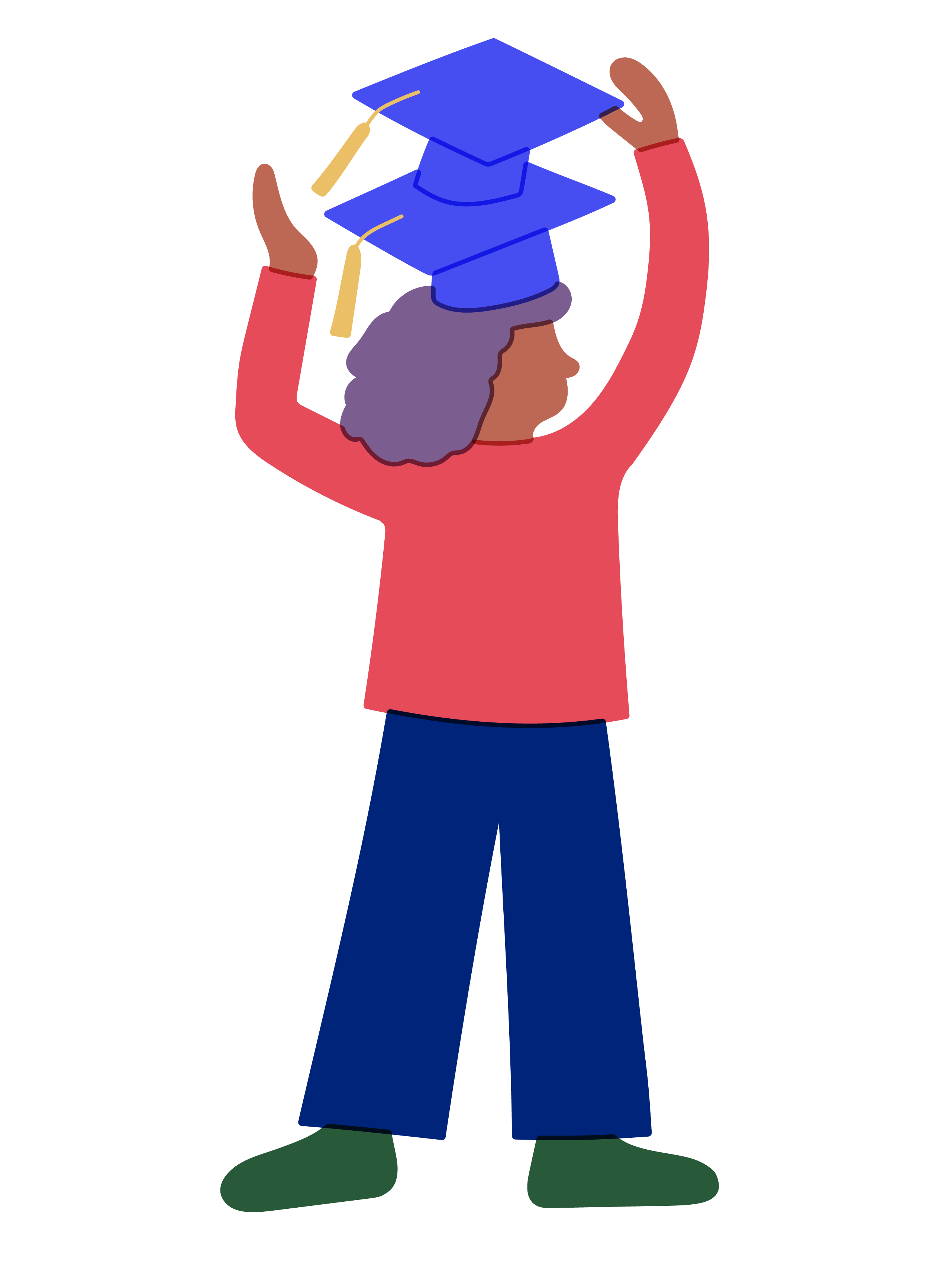Research fit is the biggest, baddest criterion to tackle when crafting your research statement. Research fit can mean different things to different faculty advisors. It can span anything from “I want my graduate student to study this very specific thing for their full graduate career” to “I want my graduate student to pick a topic I’m generally well-suited to advise them on and am interested in”.
There are a few ways to figure out where on the spectrum the faculty member you’re applying to falls:
- Do they have any recently-awarded research grants? (They might want you to work on these)
- Does the program you’re applying to fund their students through the department or through the faculty? (If faculty, likely more specificity, if through department, maybe more flexibility)
- Do they state anything on their website? (Some faculty specifically note the areas their prospective applicants should be interested in – you can bet these faculty will only consider folks who fit well with these areas)
- What do their graduate students study? (How far do their projects stray from the grants awarded to the faculty member or from the lab’s stated research areas?)
You can sleuth out this information from lab or departmental websites, from current and previous graduate students, from the CVs of those in the lab, and from conference presentations of the faculty member and their graduate students. You can also reach out to the faculty member directly (but I would only do this if you’ve already done a thorough search of their website to ensure that they don’t already have that information posted).
After you have made your best guess on the faculty member’s research interests and how aligned yours must be to theirs, you can first decide for yourself if you still want to apply. Were you originally interested in them because of past research that they no longer pursue? Are you interested in their current and upcoming projects? Can you see yourself staying in this area of research for the next 5-7 years? Are your interests aligned closely enough with theirs, given their place on the spectrum described above?
If you have decided to apply to them, you can move on to shaping your research statement to describe your research interests with an eye toward the faculty advisor’s research interests. If they state they want someone to study X, your statement should very clearly detail how stoked you are to study X.
When crafting your research statement, everything you write should be pointing towards your current research interests. Past research that doesn’t fit this current interest should be described in a way that shows how it shaped your interests to what they are now and the skills you gained that benefit you more generally.
- “Through [past interest] research, I gained an understanding of [skill, knowledge, etc] that shaped the way I approach the question of [current interest]”.
- “This research [affected me in this way] and made me curious as to [related but newer research question].
Depending on how specific each of your prospective faculty advisors are in what they are looking for in graduate students’ research interests, your research statements may be structured quite differently for different programs. Your research statement should guide the reader all the way to your specific research question. Before they reach the part about how your research aligns with the advisor you’ve chosen to apply to, it should already be abundantly clear how well you overlap.


Comments